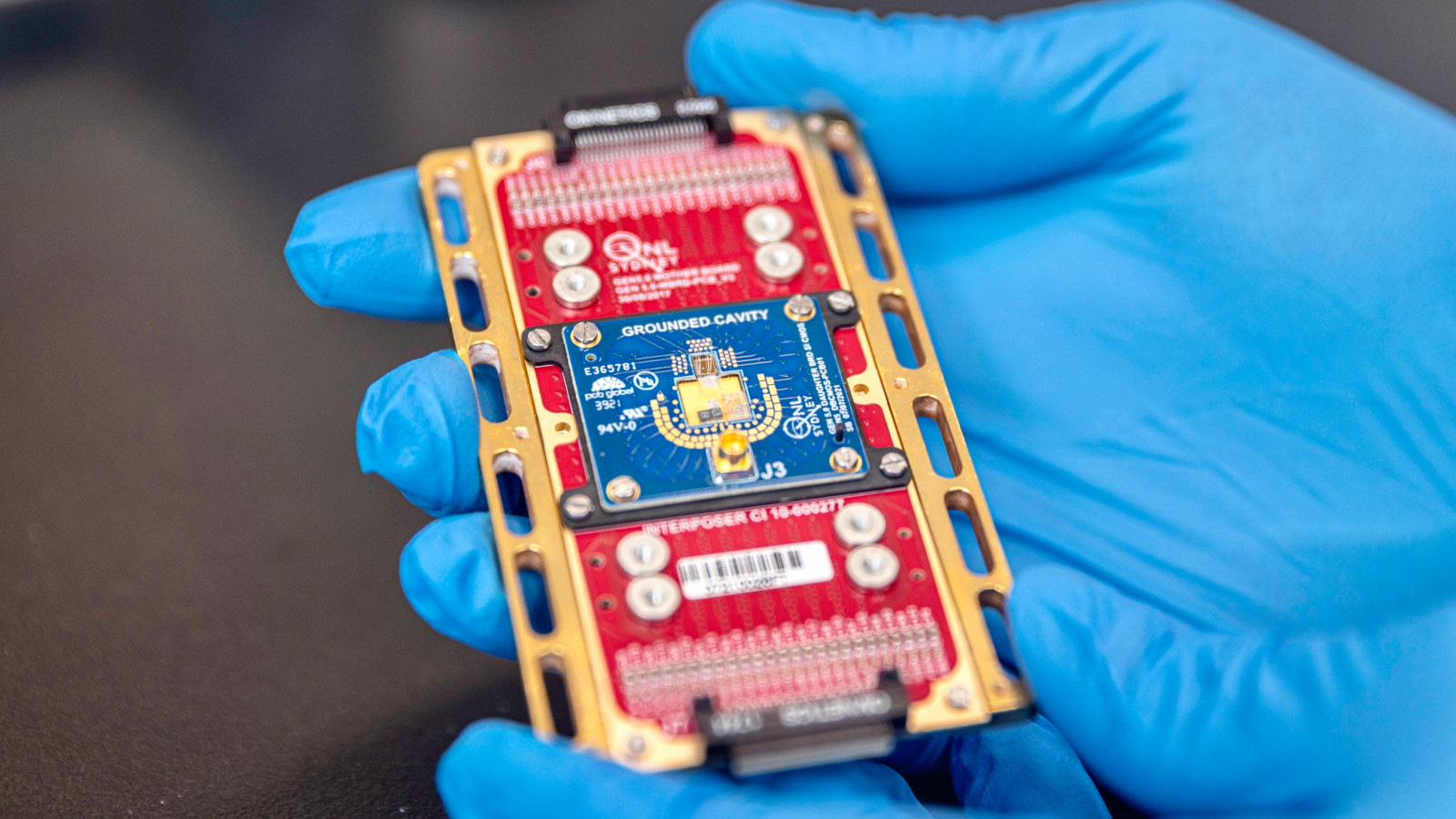SAN FRANCISCO – A groundbreaking advancement in quantum computing has emerged with the development of a revolutionary computer chip, enabling the integration of millions of qubits and their control systems on a single device for the first time.
Immediate Impact of the Cryogenic Breakthrough
Scientists have achieved a significant milestone by creating a control chip that operates at cryogenic temperatures near absolute zero, approximately minus 459.67 degrees Fahrenheit. This innovative chip can be placed in close proximity to qubits without disrupting their delicate quantum state.
“This result has been more than a decade in the making, building up the know-how to design electronic systems that dissipate tiny amounts of power and operate near absolute zero,” said David Reilly, professor at the University of Sydney Nano Institute.
The research team describes this as a “vital proof of principle” for integrating quantum and classical components, marking a critical step toward practical, scalable quantum processors. Their findings were published on June 25 in the journal Nature.
Key Details Emerge on Quantum Chip Development
Qubits, the quantum equivalent of binary bits in classical computers, can exist in a “superposition” of states, allowing parallel computation. This capability positions quantum computers to solve problems beyond the reach of today’s technology.
Spin qubits, which encode information in the spin state of an electron, are particularly promising due to their compatibility with complementary metal-oxide-semiconductor (CMOS) technology. This is the same process used in fabricating chips for modern electronics, making spin qubits potentially easier to produce at scale.
By the Numbers: The New Control Chip
- Operates at cryogenic temperatures close to absolute zero
- Positioned less than 1 millimeter from qubits
- Consumes just 10 microwatts of power
- Analogue components use 20 nanowatts per megahertz
The control chip’s design allows it to function in cryogenic environments with ultra-low power, preventing thermal or electrical interference with the qubits.
Expert Analysis and Industry Response
David Reilly emphasized the transformative potential of this technology, stating, “This will take us from the realm of quantum computers being fascinating laboratory machines to the stage where we can start discovering the real-world problems that these devices can solve for humanity.”
The announcement comes as the quantum computing industry seeks scalable solutions to integrate complex electronics with qubits at cryogenic temperatures.
Background Context on Quantum Computing
Quantum computers use various types of qubits, including superconducting, photonic, and trapped-ion qubits. However, spin qubits offer a unique advantage due to their scalability with existing manufacturing processes.
Maintaining “coherence,” or a qubit’s ability to sustain superposition and entanglement, is crucial for unlocking quantum computing’s potential. Spin qubits require temperatures below 1 kelvin to preserve coherence.
What Comes Next in Quantum Research
The findings could inspire more researchers to explore spin qubits’ capabilities. “Now that we have shown that milli-kelvin control does not degrade the performance of single- and two-qubit quantum gates, we expect many will follow our lead,” said Kushal Das, senior hardware engineer at Emergence Quantum.
According to sources familiar with the field, the technology could have diverse applications, from sensing systems to future data centers.
The move represents a significant shift from theoretical exploration to practical application, paving the way for breakthroughs in computing power and problem-solving capabilities.
